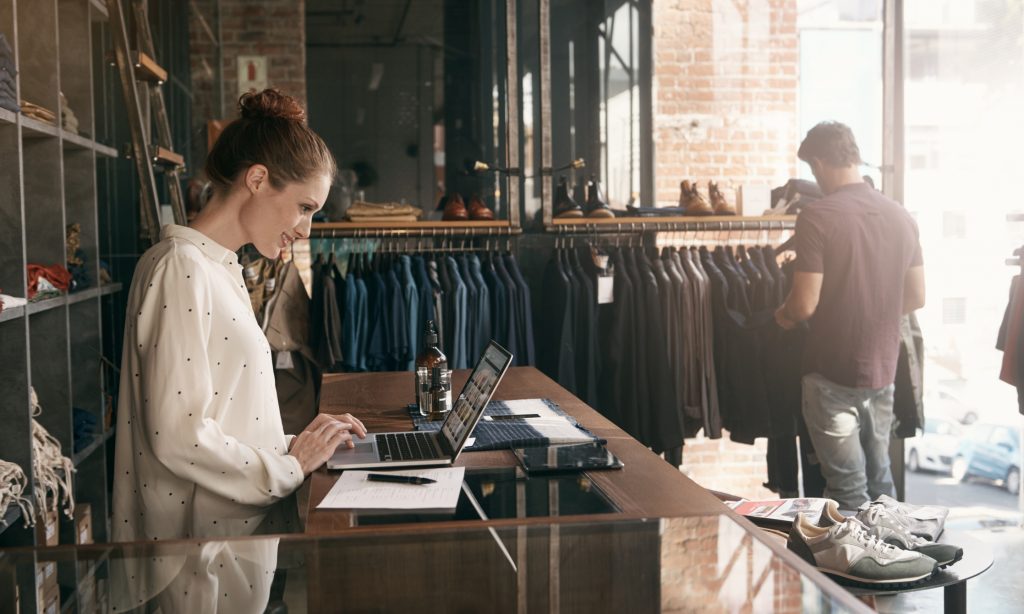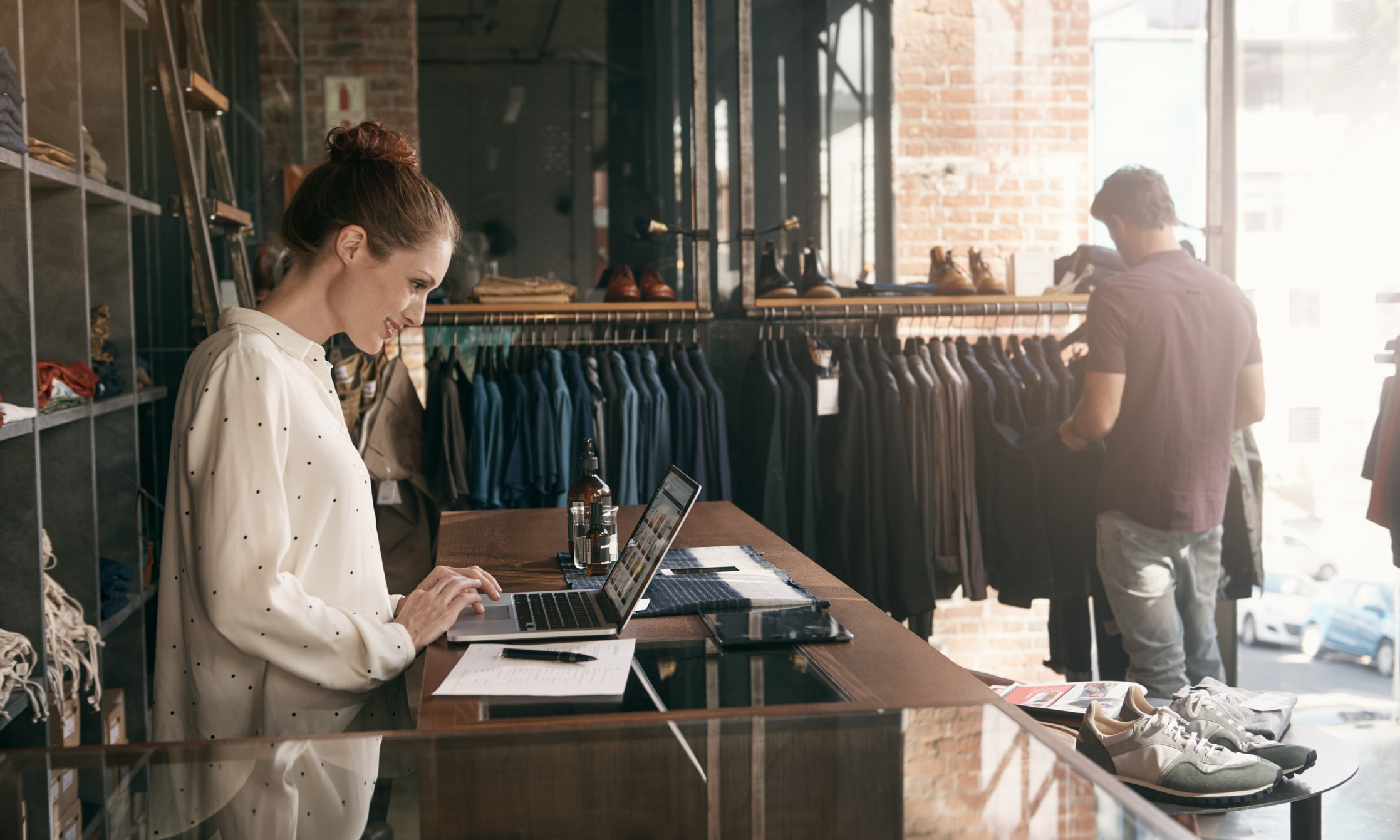
The next generation of luxury retail

The global demand for luxury goods is strong and rapidly growing. It feels like buying a luxury handbag these days is as common as upgrading your electric toothbrush! But what is the big attraction? The soft leather, the unique designs, the beautiful detailing? Or is it something else?
“Luxury equals status, and status is based on exclusivity,” says Retail Prophet founder, Doug Stephens. “It’s having things that other people don’t have. That is fundamentally the nature of luxury.”
Yet luxury products are far more available in the past 10 or so years than ever before, promoted by celebrities and self-made influencers on Instagram. A decade ago, during the great recession, many luxury brands reached outside of their traditional target markets to attract the growing middle classes in China and around the world. At the same time, luxury has gone online in a big way. A recent study conducted by Microsoft and McKinsey found that more than 80 percent of luxury sales have been influenced by digital, whether it’s via search, influencer recommendations, or the purchase itself.
But the concept of luxury is about to change. Again. In part, this is due to the faltering Chinese economy and prices of everyday products and services rising worldwide.
“Luxury brands have to reckon with the idea that the gas might be coming out of that engine,” Stephens says.
But the nature of purchasing is changing, especially among younger consumers. Where a generation ago status might have been based upon what you kept in your garage, “fundamentally you’re dealing with a generation where social currency isn’t so much what you own, but who you’re with,” according to Stephens.
A new world in luxury retailing, therefore, takes the focus from a product and puts it into an experience. Access to the experience, which may be a live webcast or event, could be limited. That adds a level of exclusivity and that FOMO, the fear of missing out.
It’s “not just about getting a handbag or a certain watch, but being a part of something that is happening live,” Stephens says.
So how does a luxury retailer keep its customers engaged?
“FOMO is really the new promo,” Stephens says. “We can capitalize as retailers on this desire of young consumers to want to be a part of something that is very exclusive and limited in nature.”
Stephens believes the next iteration of luxury will be about freedom: “It’s going to be a more day-to-day thing. Do I live close to the place that I work,” he says. “Do I have the freedom to travel when I want to? Can I go places? Can I work abroad? And do I have the freedom to be offline when I want to be offline?”
If you think about it, luxury brands are already leaps and bounds ahead of their rivals. They do better than more mainstream brands by creating that FOMO, by having very clear campaigns that are all about living and showcasing that luxury brand experience.
So what’s the opportunity for a retailer? “We think the opportunity is to extend the brand to the bigger idea of what luxury is all about,“ Stephens says.
That could mean a company like LVMH, which manufactures fine spirits, opening a chain of hotels. The idea, Stephens says, is to capitalize on self-actualization or freedom. Pass the Champagne!
To learn more about how you can reimagine your retail experience, watch the on-demand webinar The Five Most Important Decisions Facing Today’s Retail CEOs, which Stephens shares these insights and more on the changing trends in retail.




